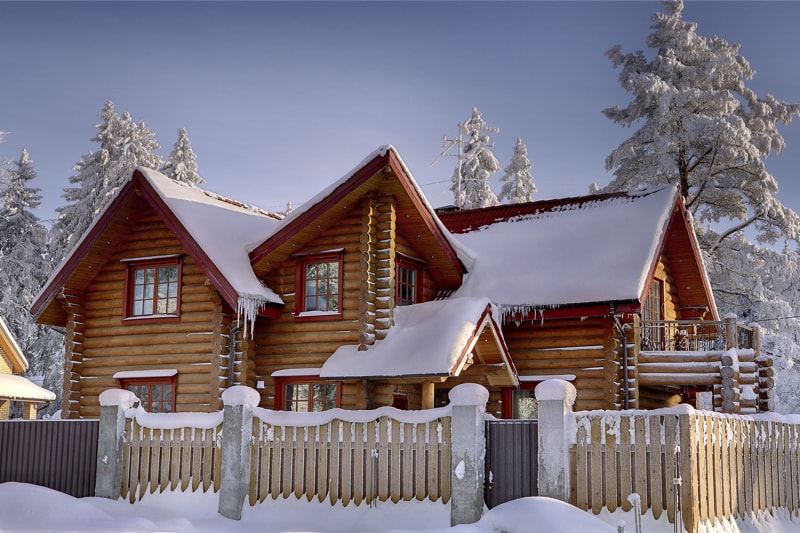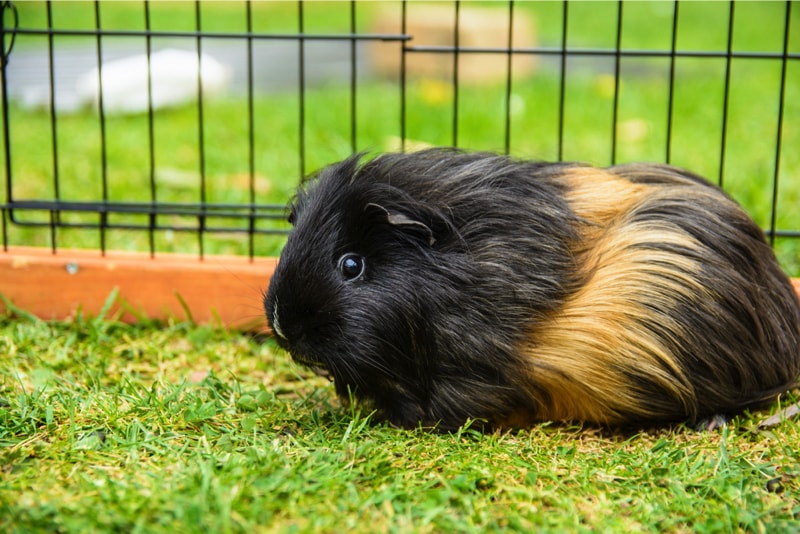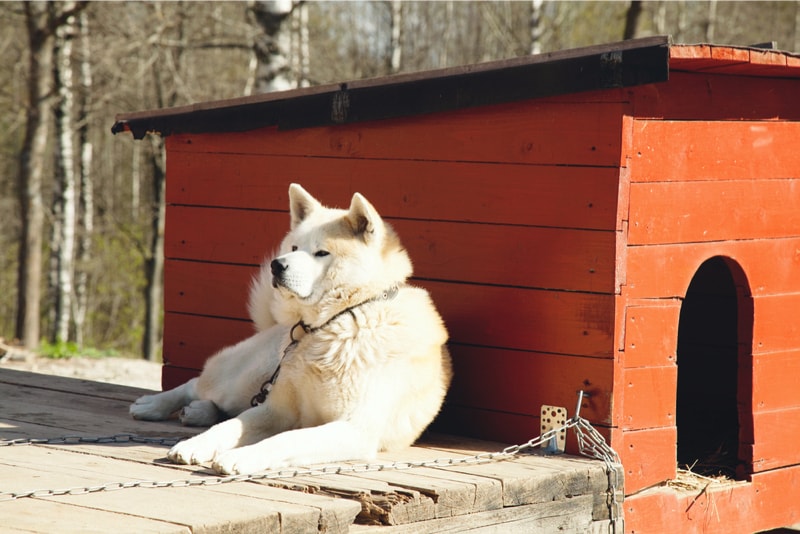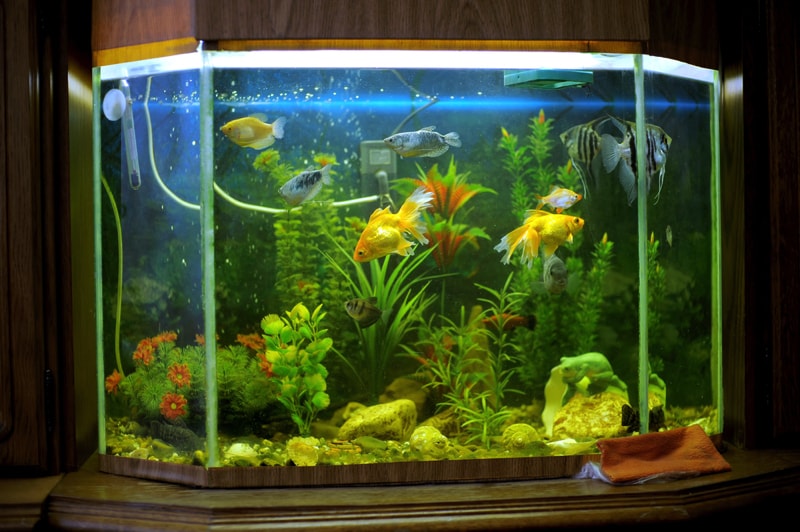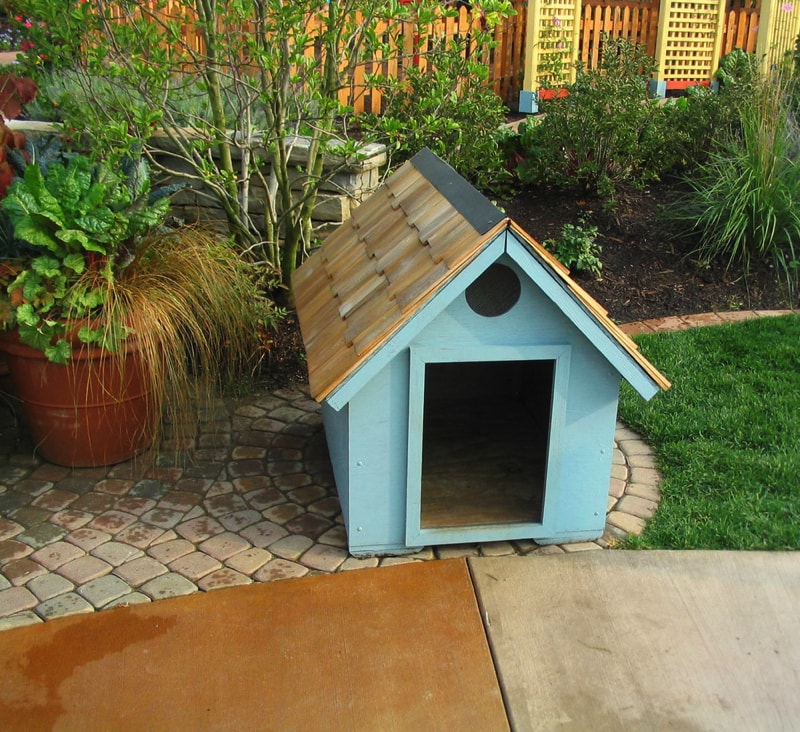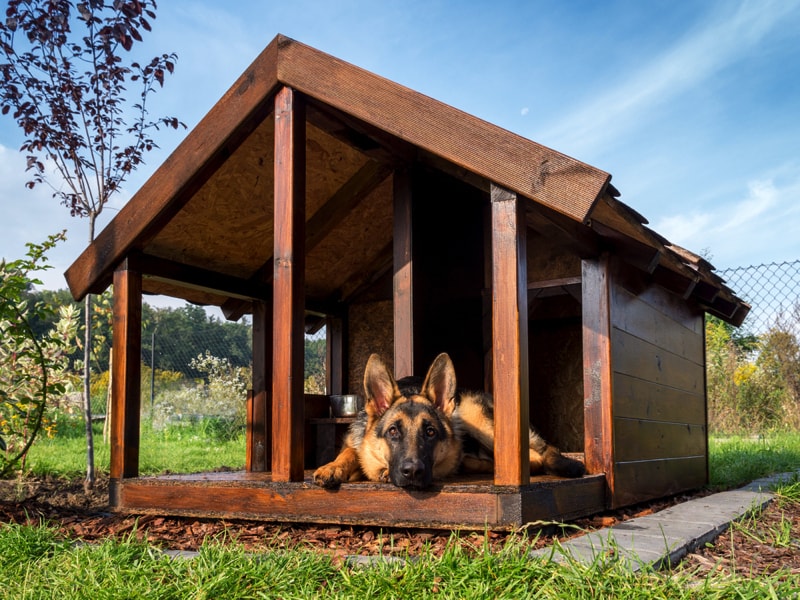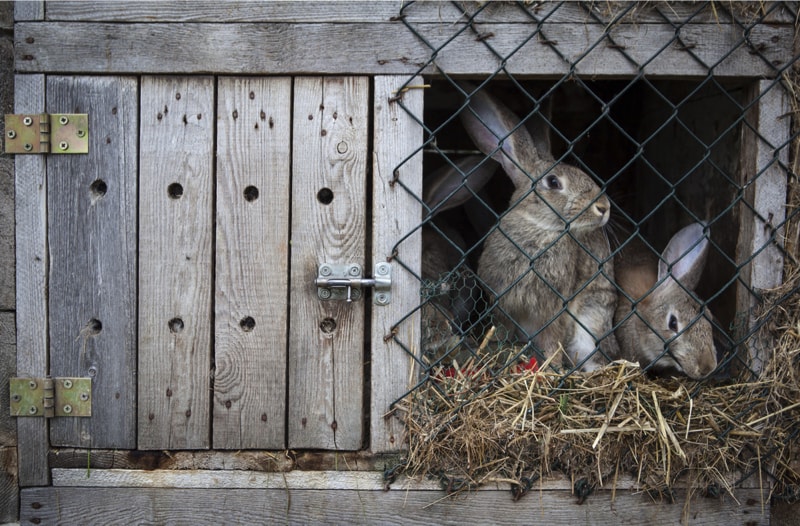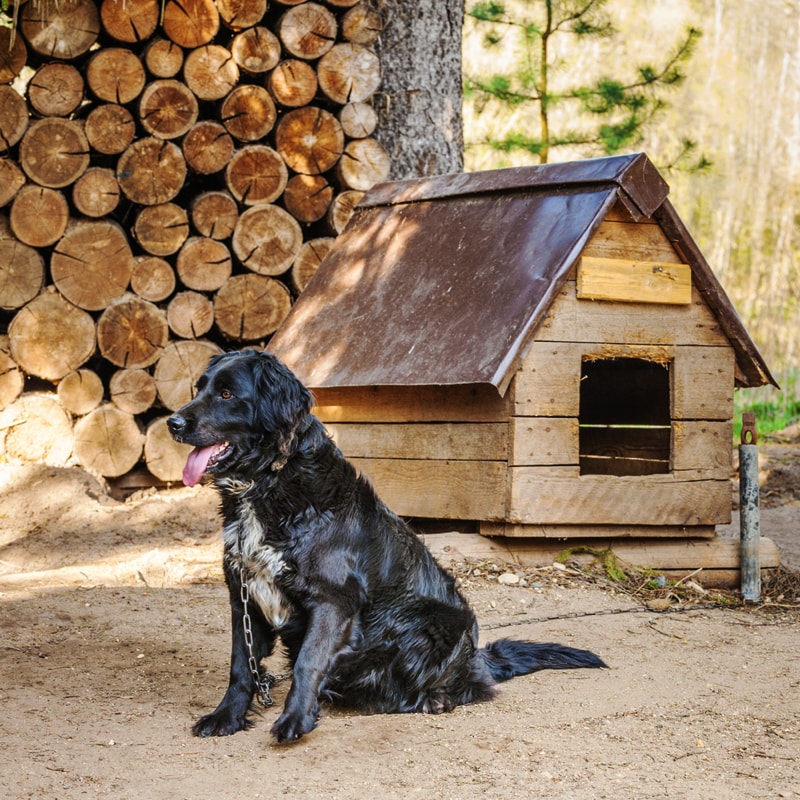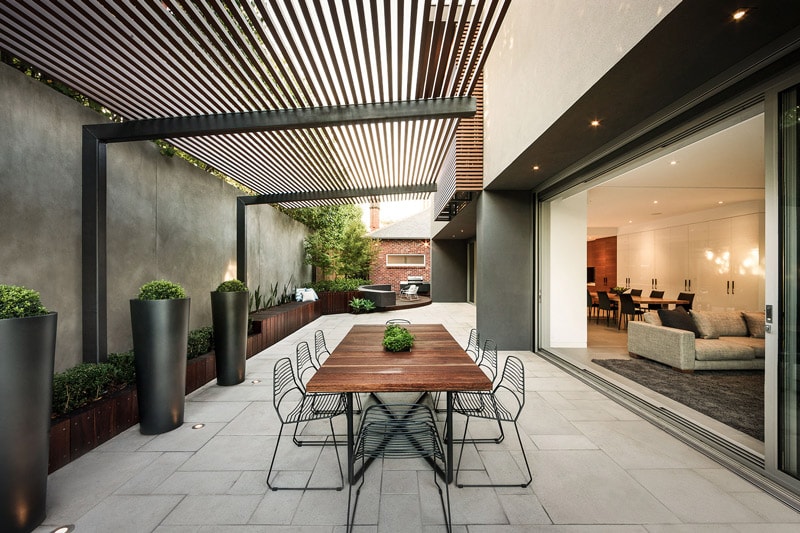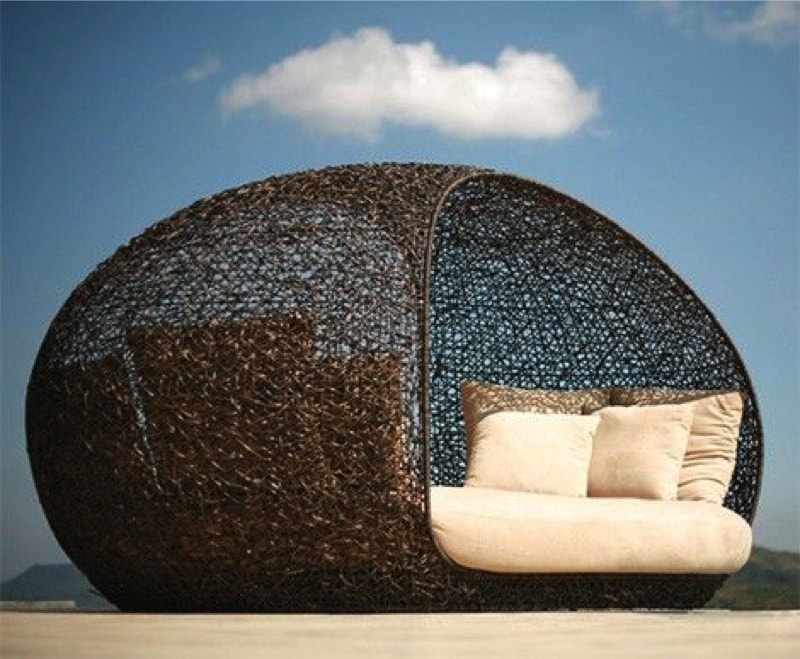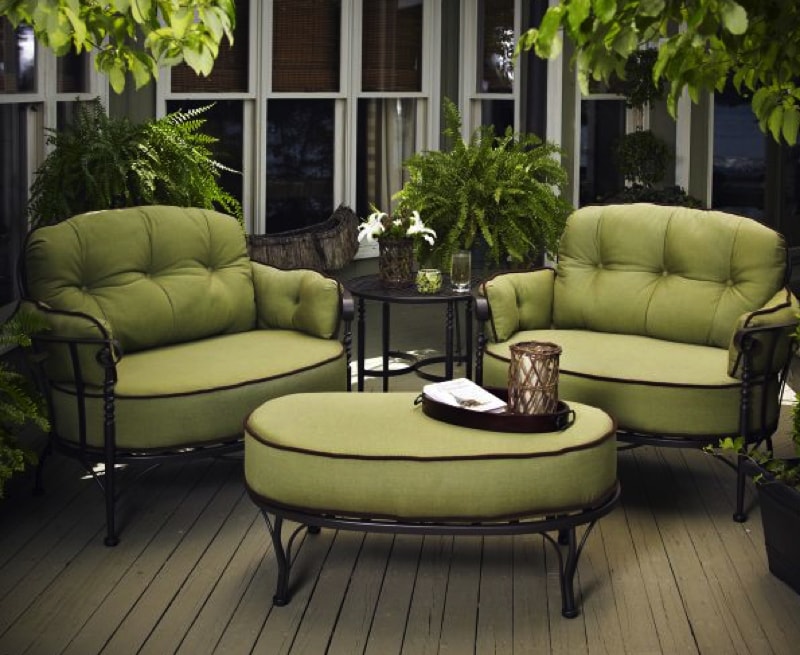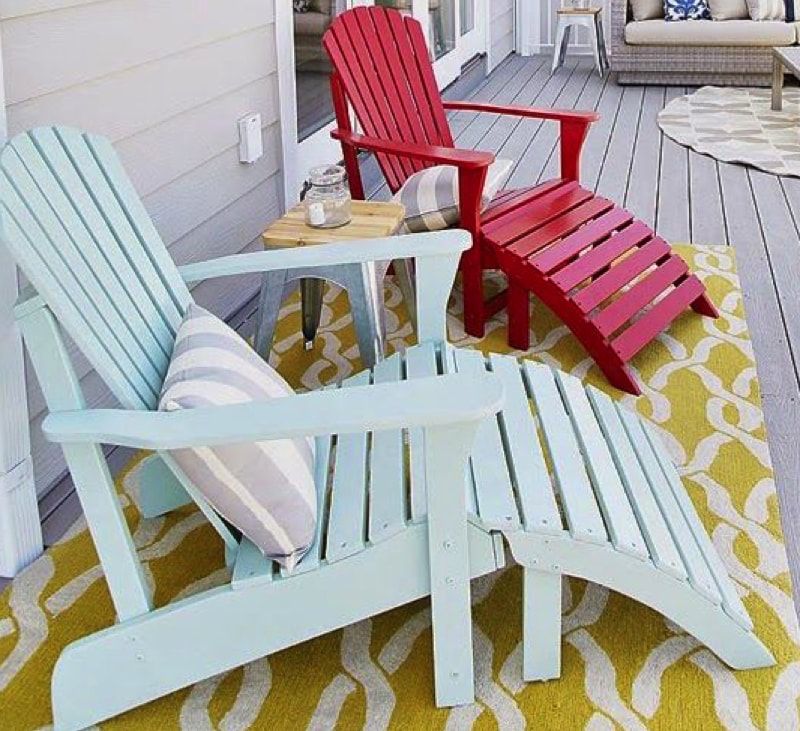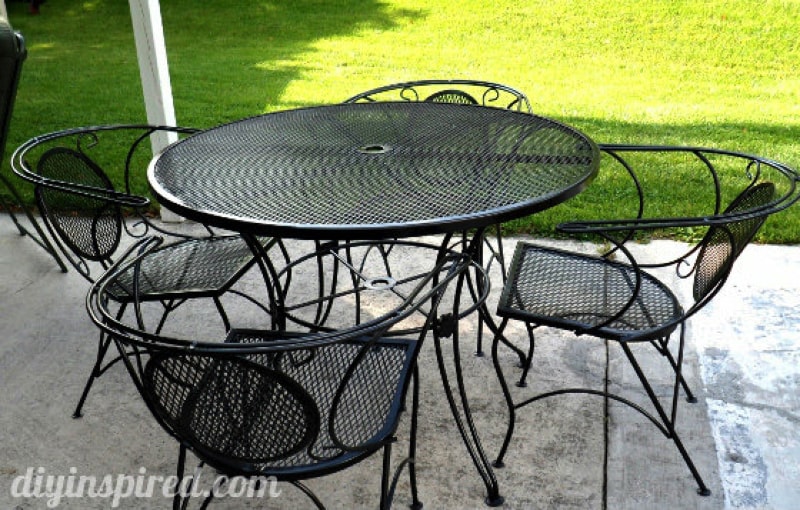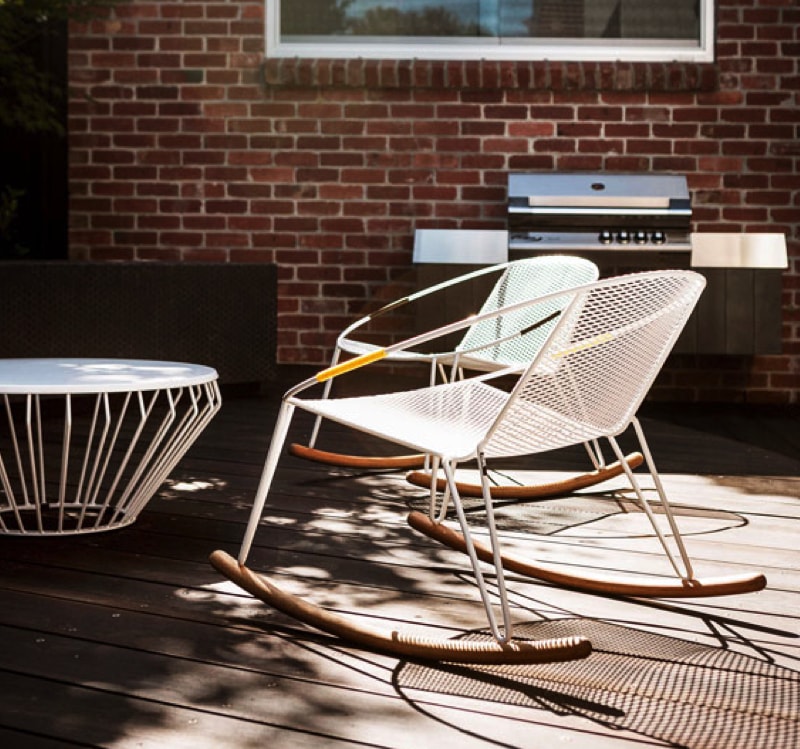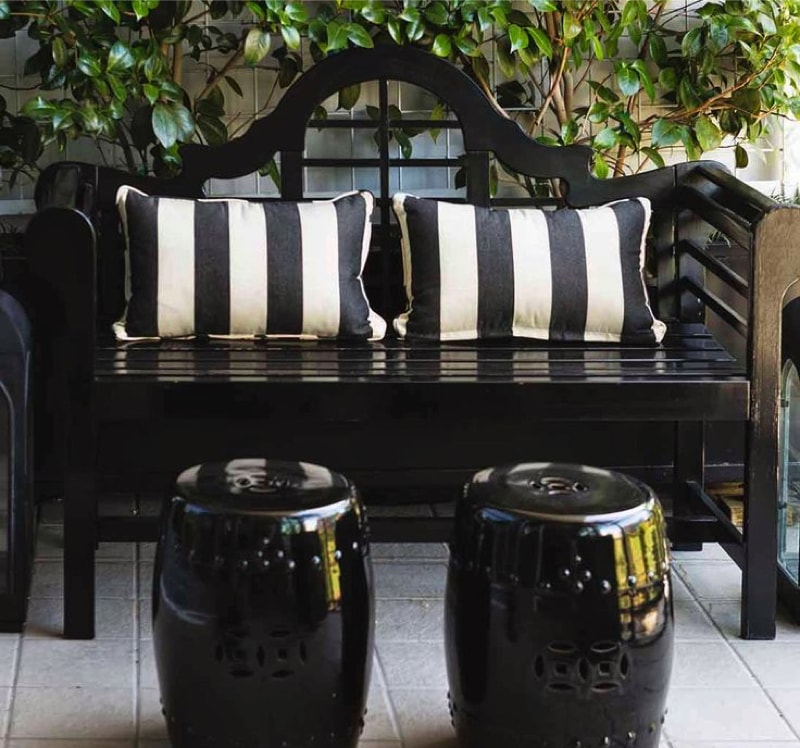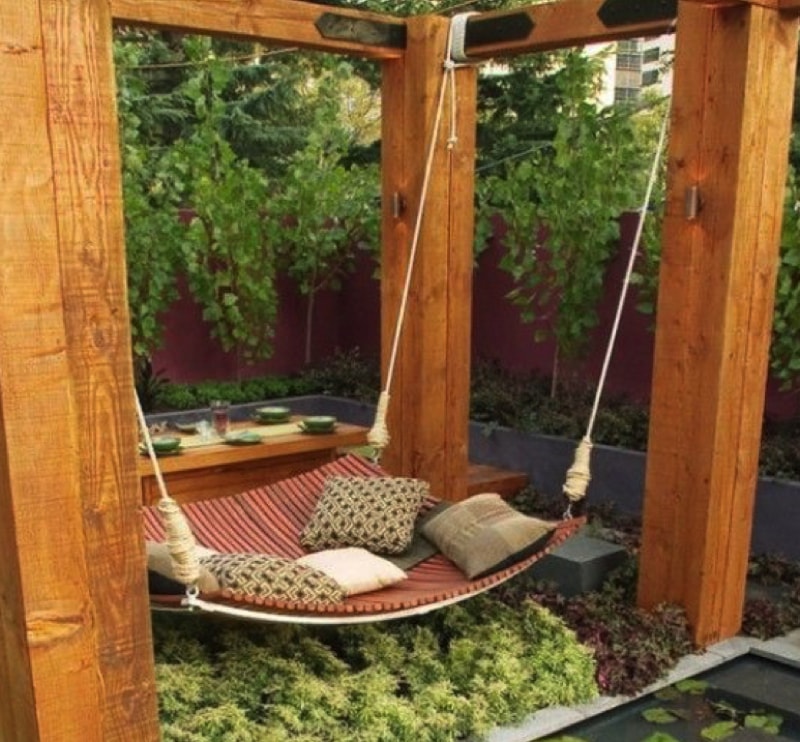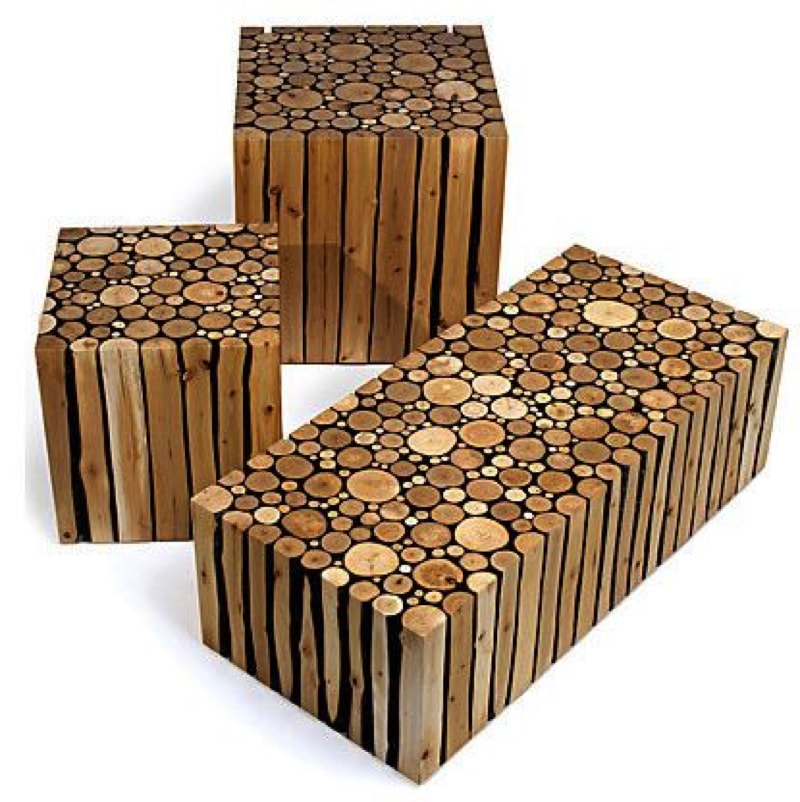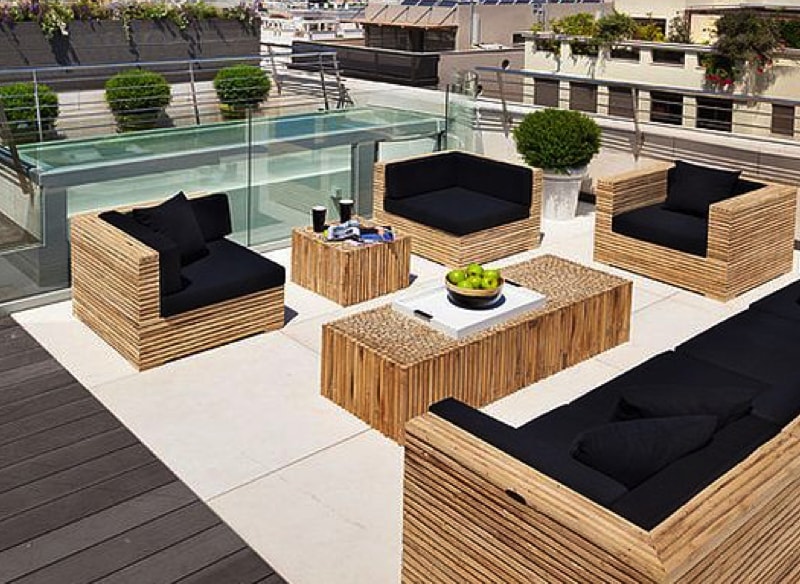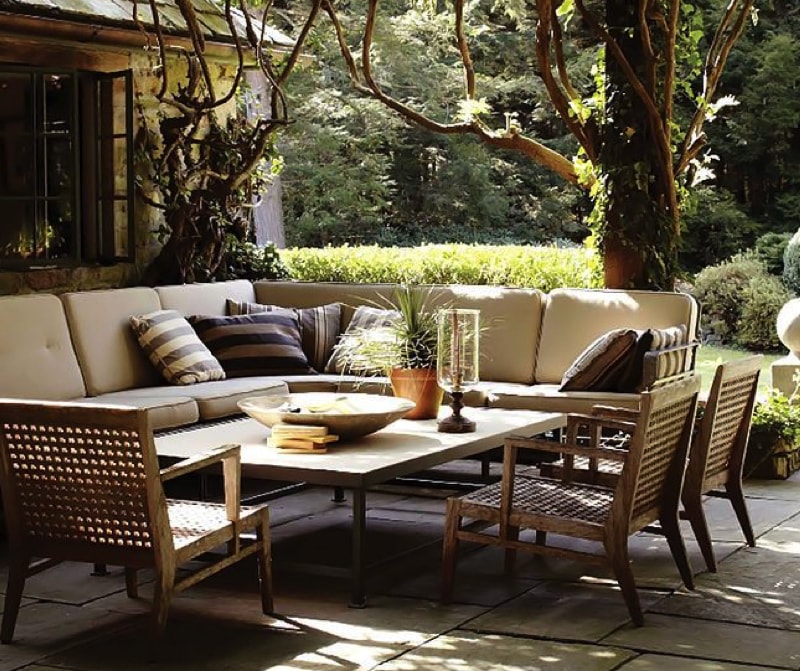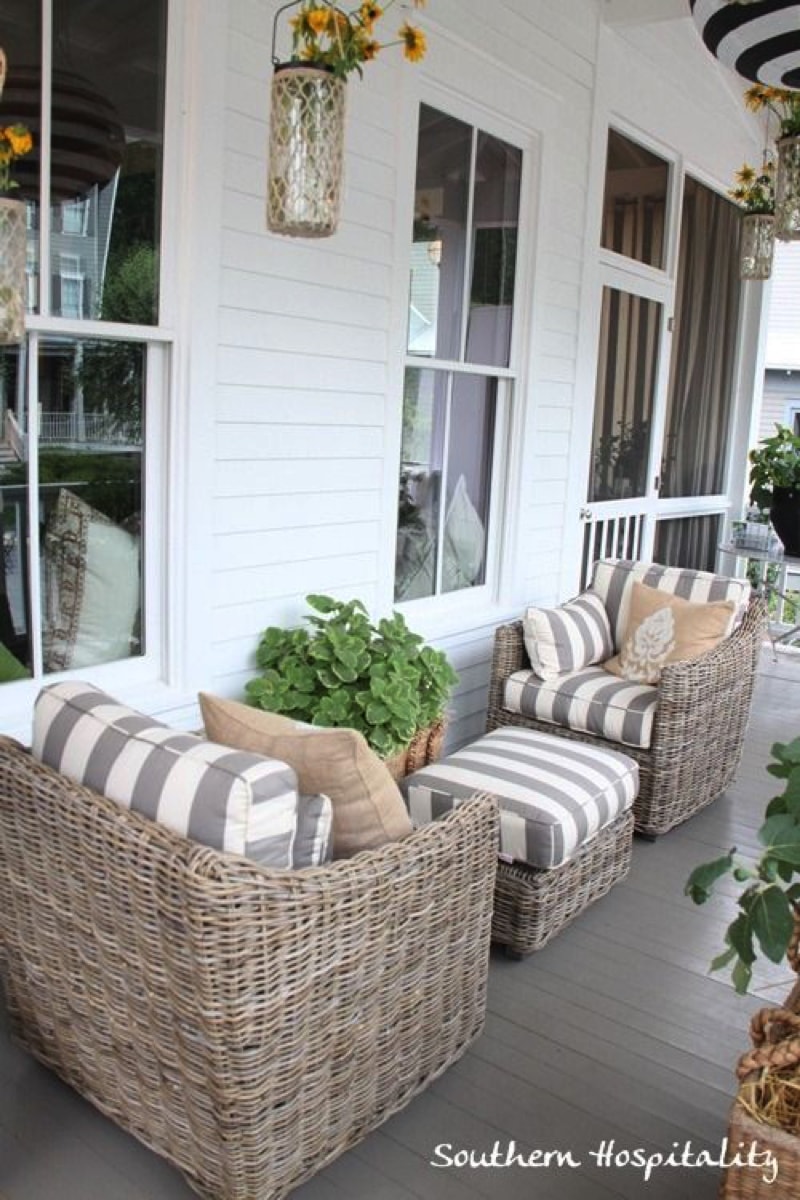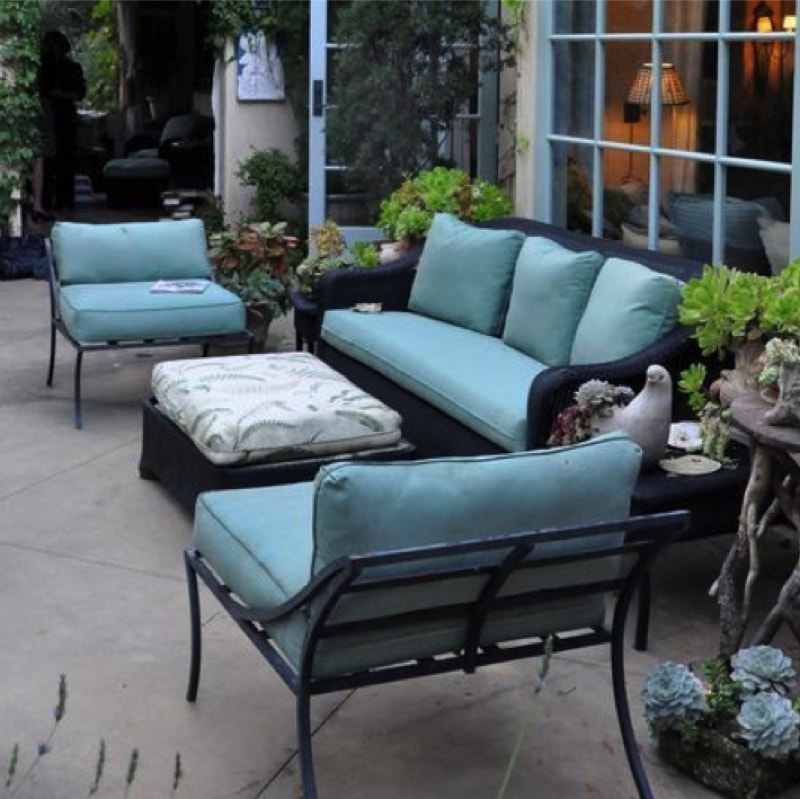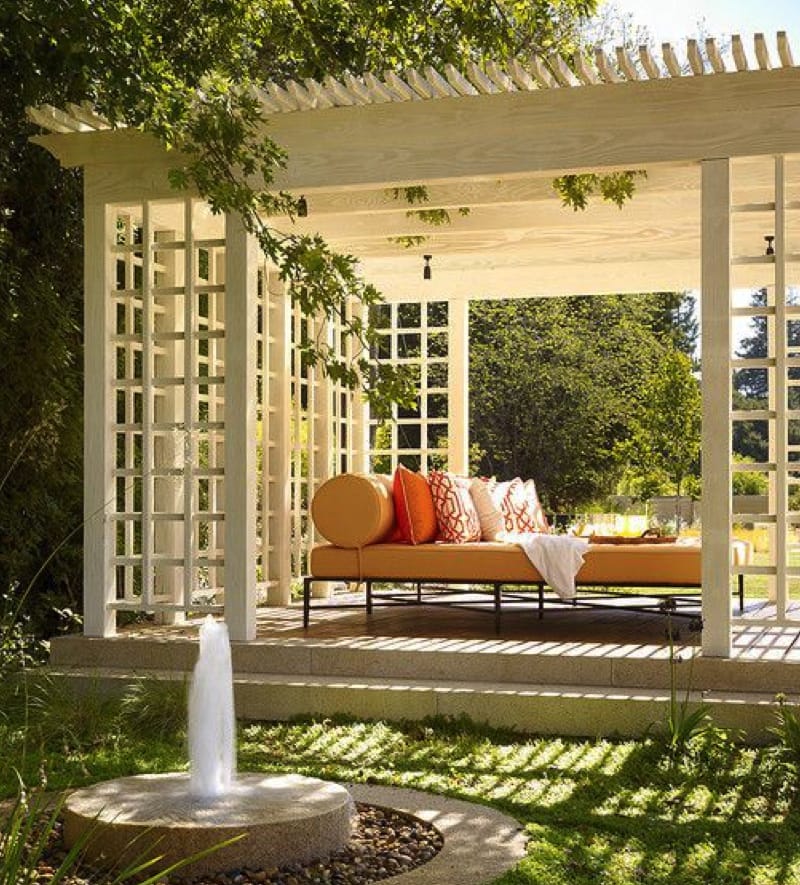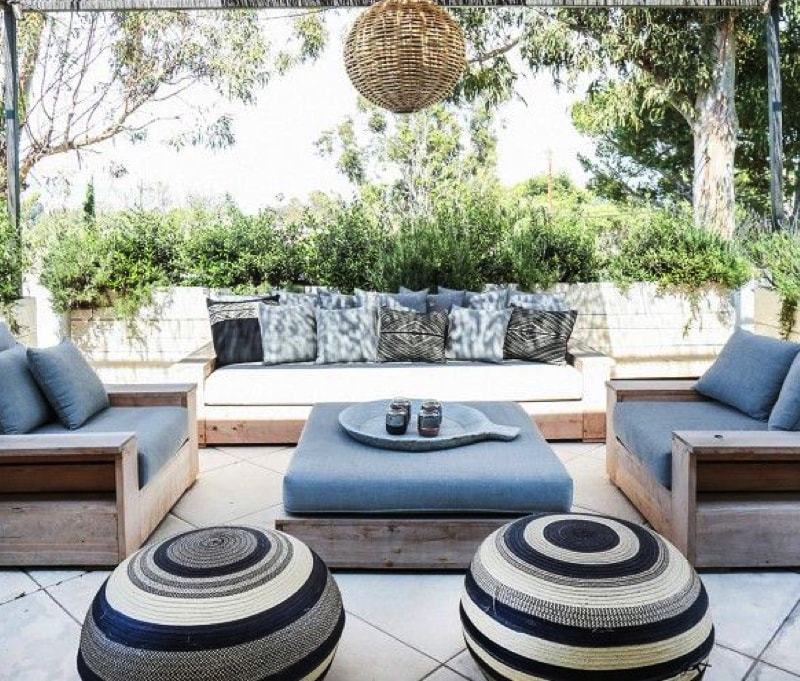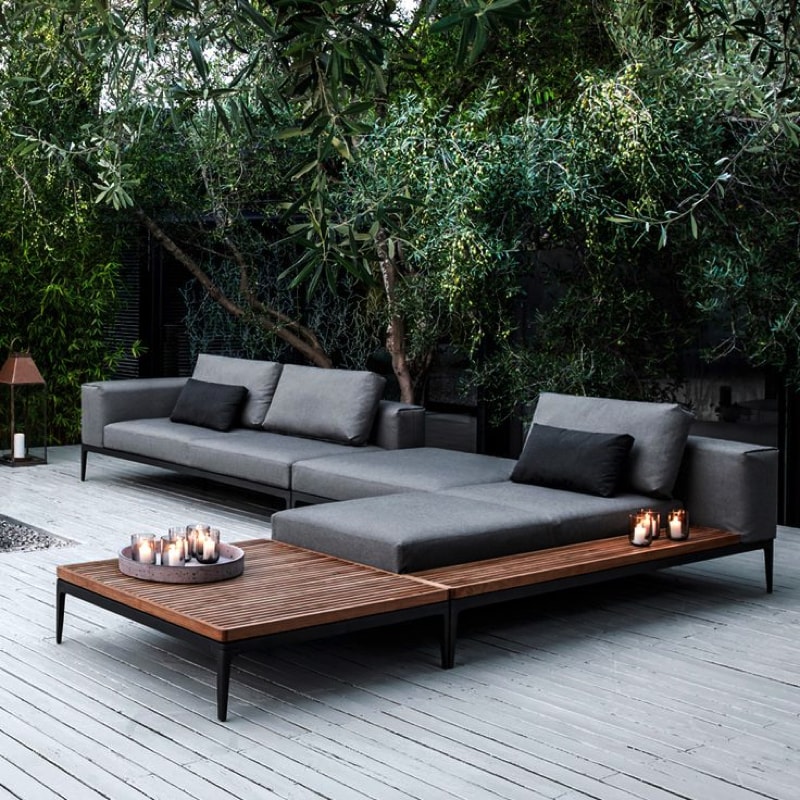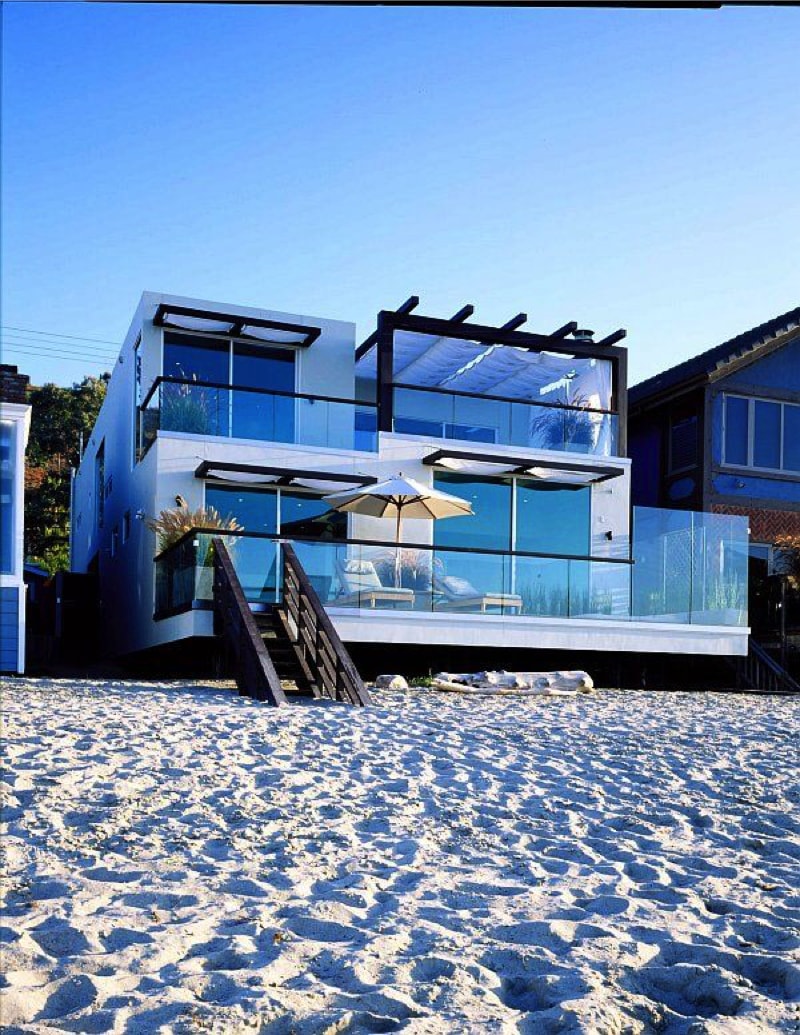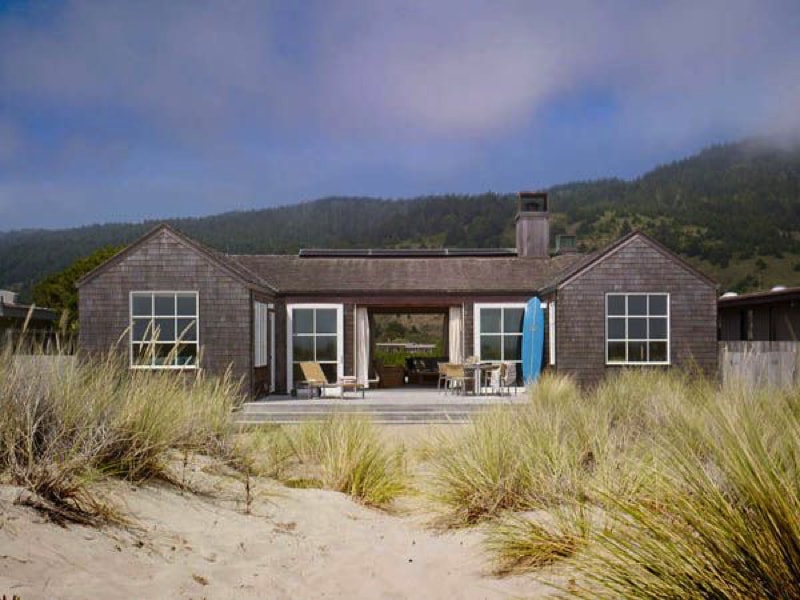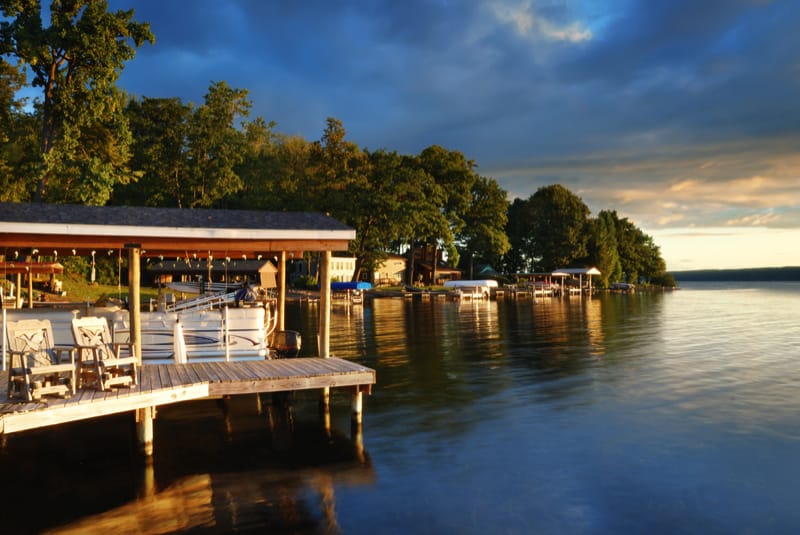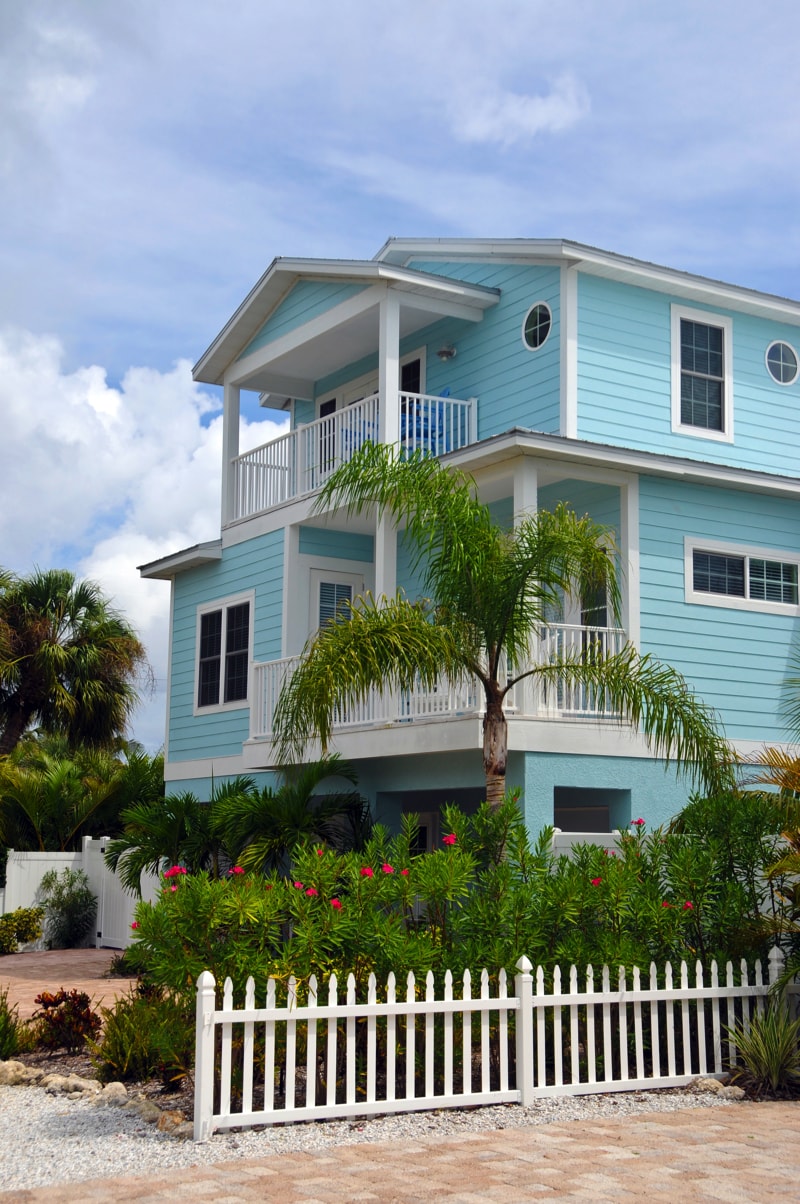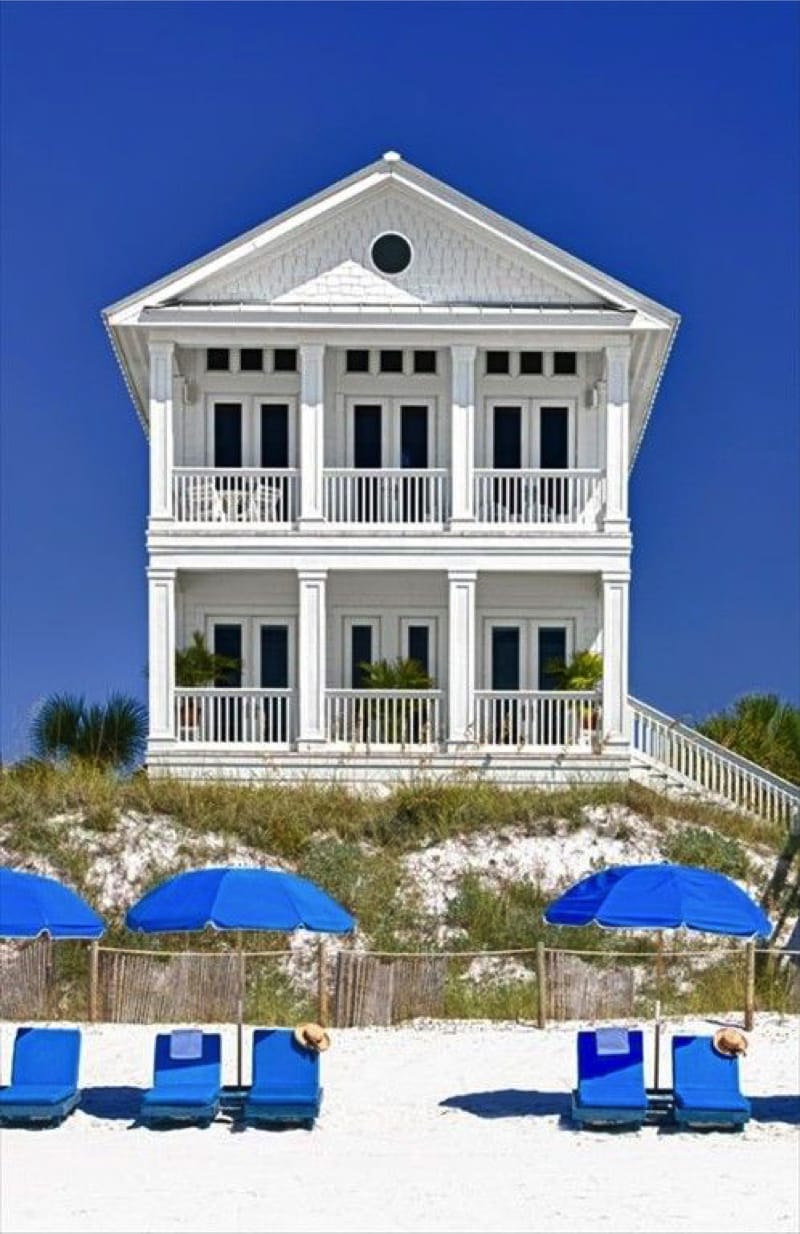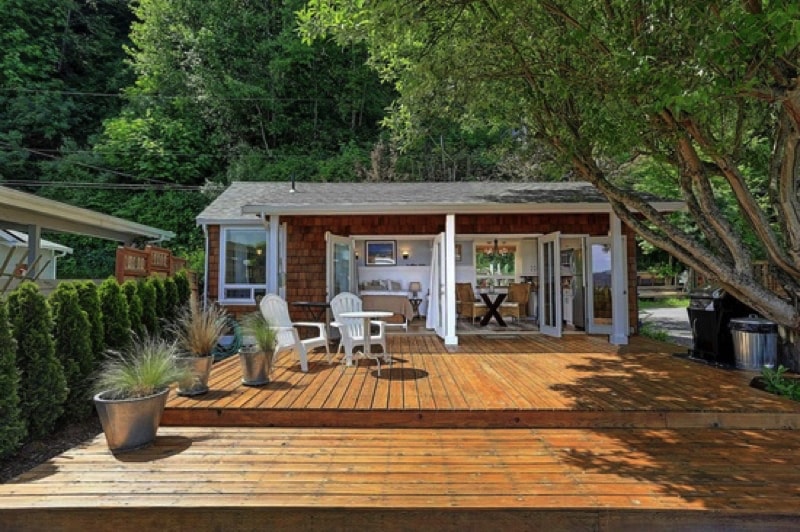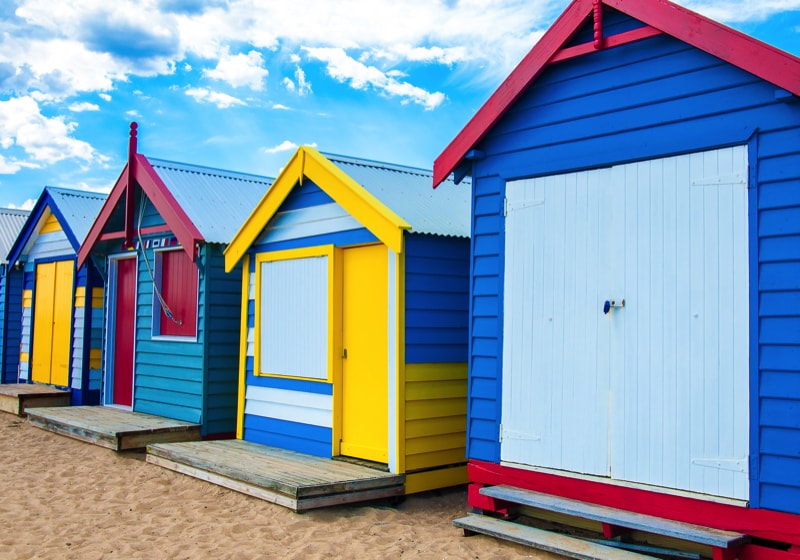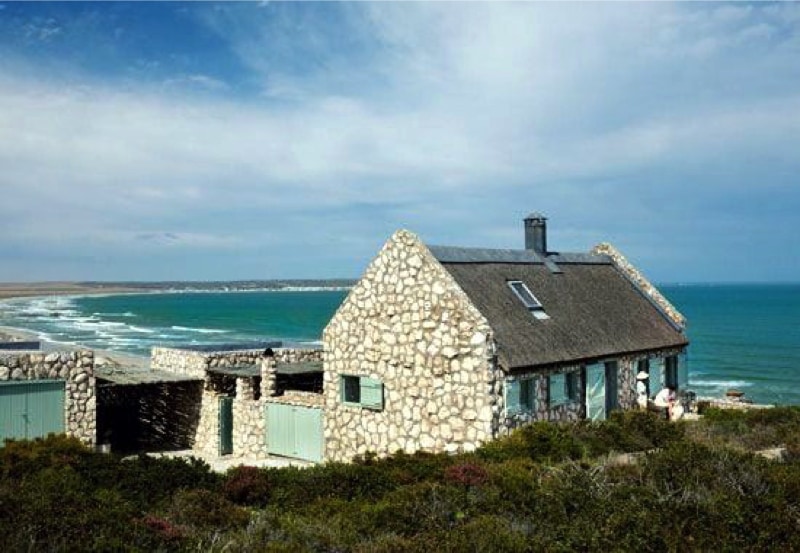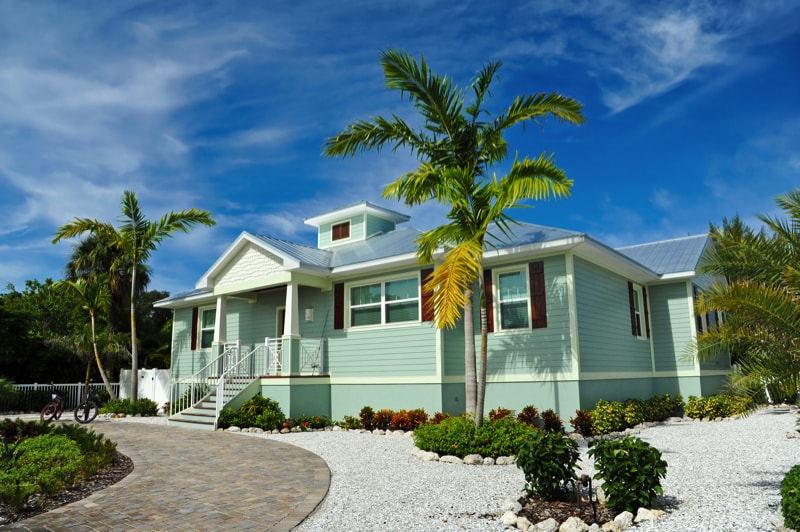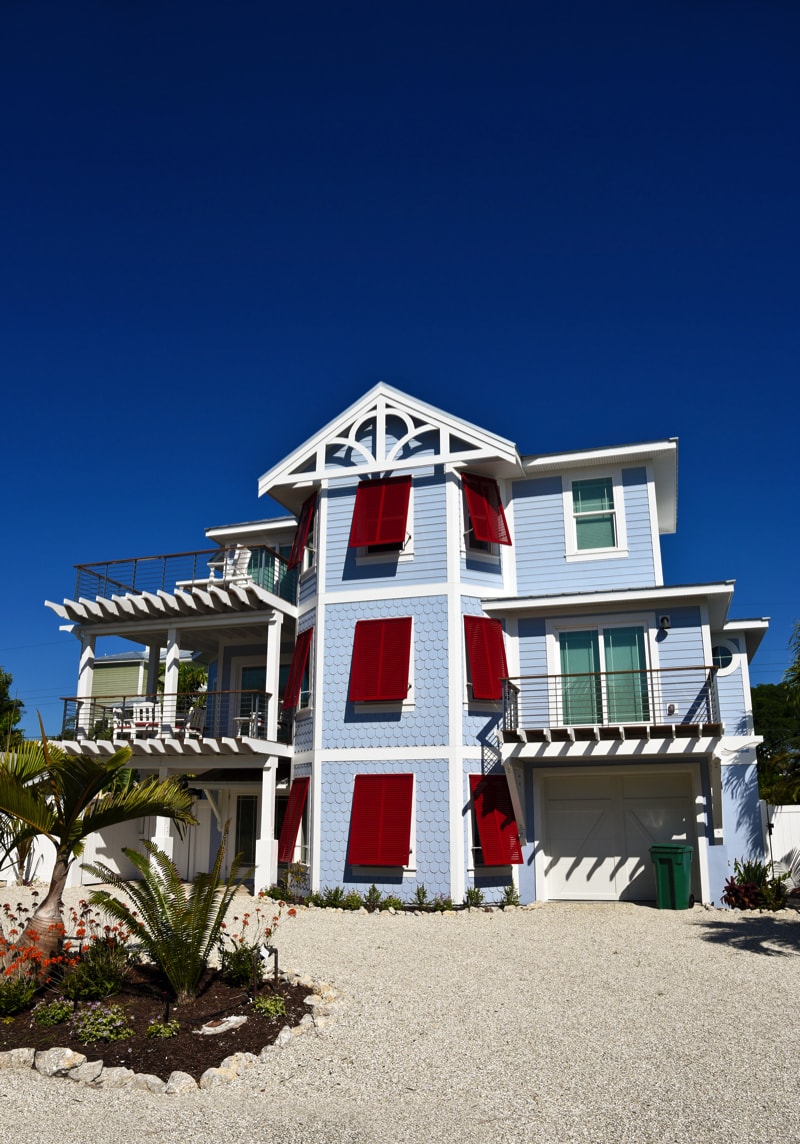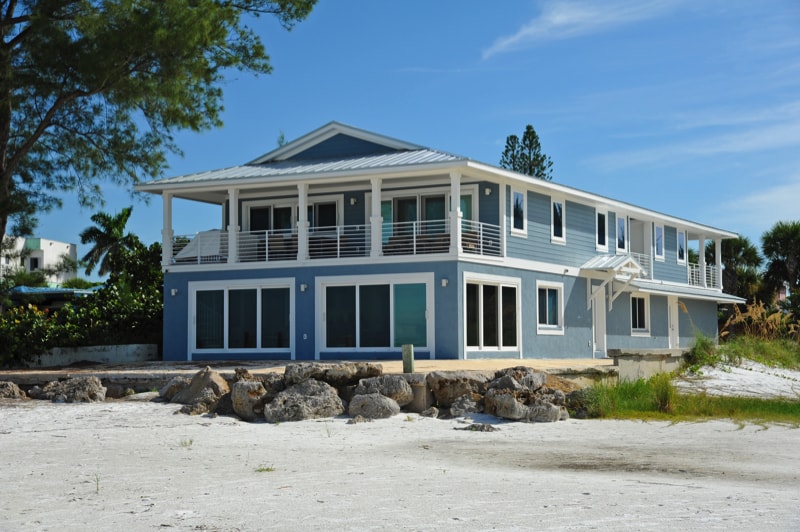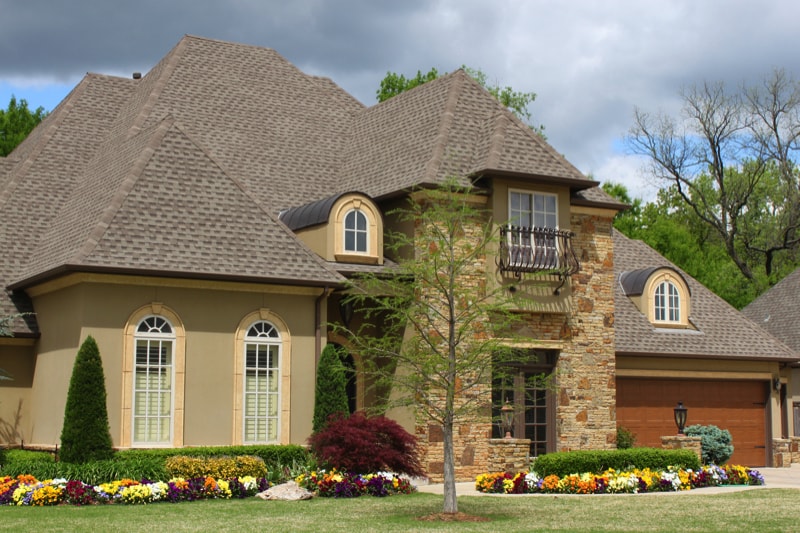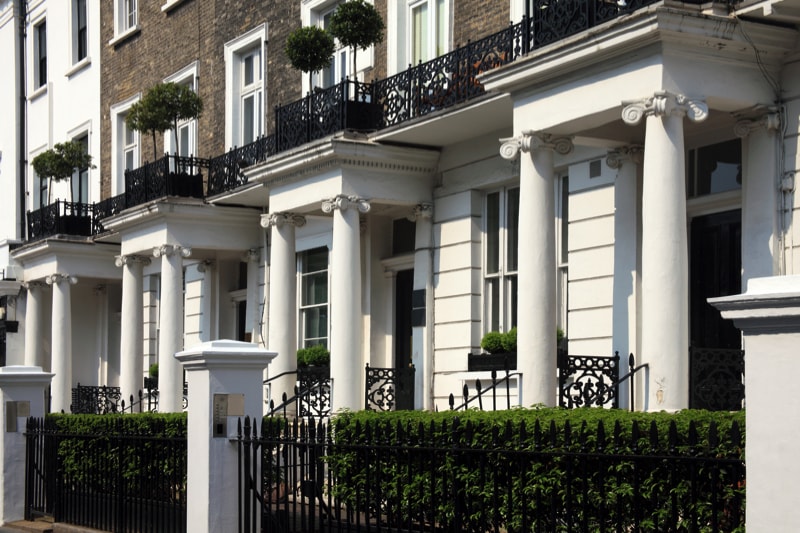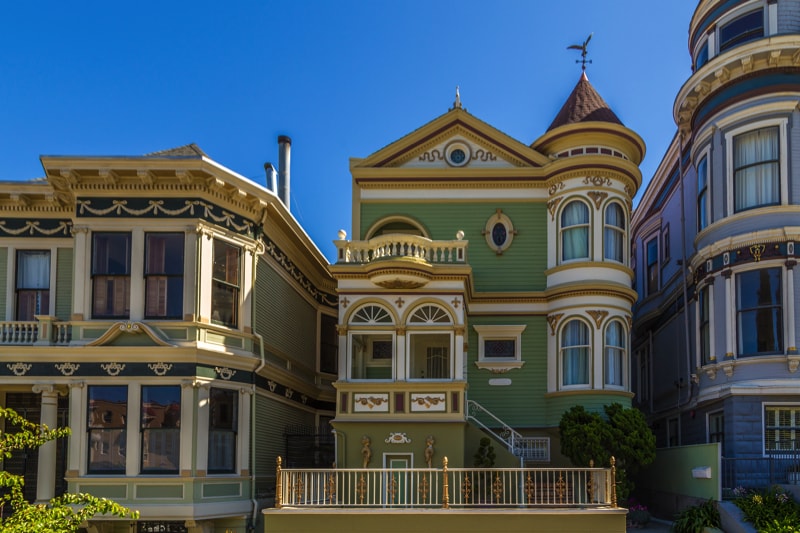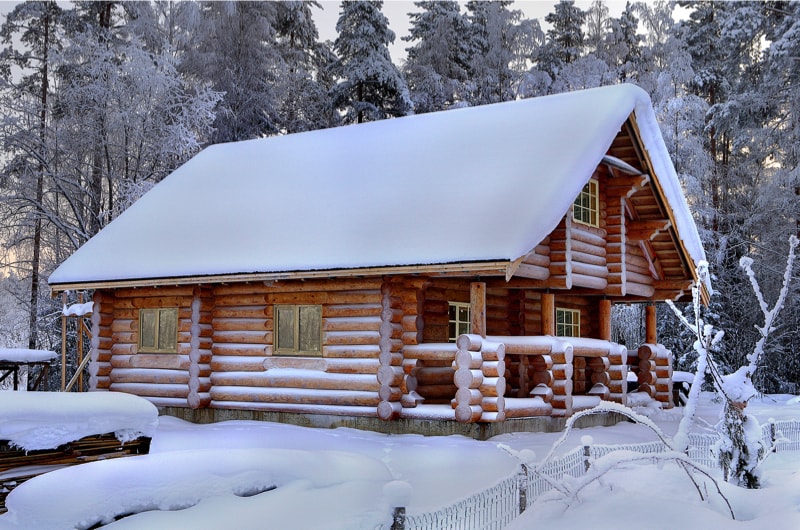
The above is a great looking log cabin home with twin storeys and front veranda covered in fresh snow.
Everyone loves a log cabin home, don’t they? Sure they do! Log homes conjure up in the mind, relaxation nights by the open fire, snow piled up outside, and a cosy warm atmosphere surrounded by all that wood.
What is a log home or a log cabin to be exact? According to Wikipedia a log cabin “…is a dwelling constructed of logs, especially a less finished or architecturally sophisticated structure. Log cabins have an ancient history in Europe, and in America are often associated with first generation home building by settlers.”
So, it kind of goes without saying that most log homes and cabins to be found are likely to be in the countryside, in the mountains and in the wilderness.
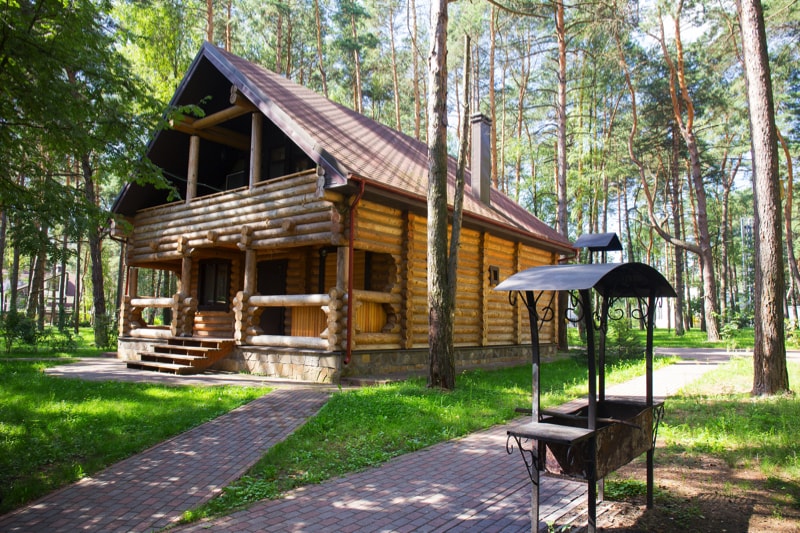 Wooden house in the woods with a place for barbeque
Wooden house in the woods with a place for barbeque
The history of log homes in the USA dates back to around the mid 17th Century. According to Wikipedia, “Historians believe that the first log cabins built in North America were in the Swedish colony of Nya Sverige (New Sweden) in the Delaware River and Brandywine River valleys. Many of its colonists were actually Forest Finns, because Finland was an integrated part of Sweden at that time.”
Wooden Cottage Of Stained Timber in the Snowy Woods In Winter surrounded by a wooden picket fence
Log cabins historically were crafted primarily from long straight tree trunks that are laid horizontally on top of each other side by side. They were connected by interlocking the ends with notches, although some were simply nailed and not built with notches. The nailing option wasn’t as structurally sound as the notching method.
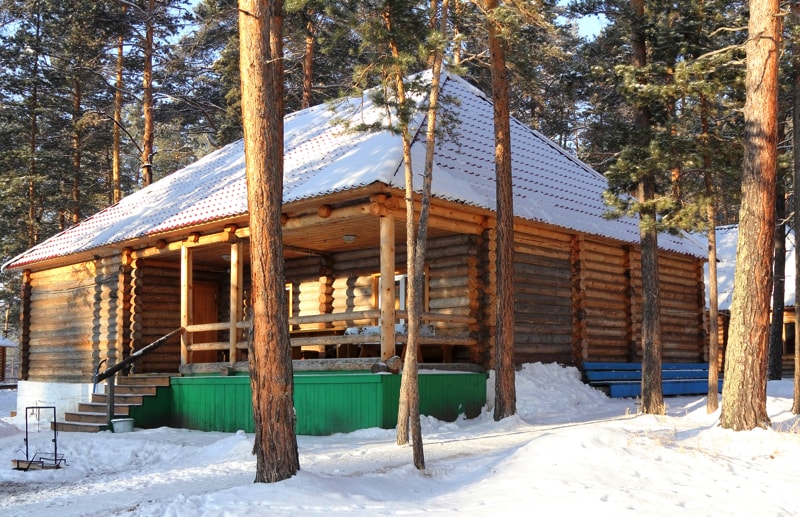 Wooden house made from pine wood logs and surrounded in snow
Wooden house made from pine wood logs and surrounded in snow
In frontier, pioneering days, the building site was the most important part of building for a log cabin. It was essential that the site provided adequate sunlight as well as drainage. Frontier life was brutal, and these homes had to provide the very best quality of life possible within such a harsh environment.
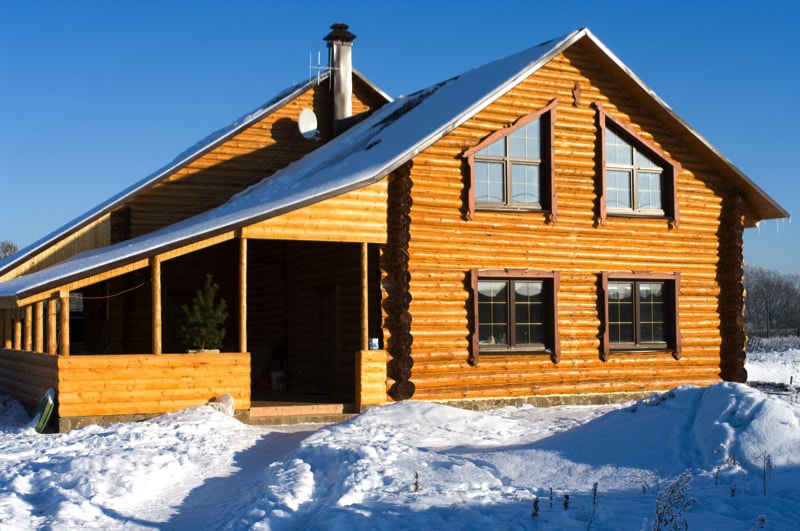 Snow covered country house in the winter
Snow covered country house in the winter
The choice of trees from which the logs for these cabin homes were made, were typically old-growth trees with as fewer limbs as possible and ideally straight up and down with minimal taper.
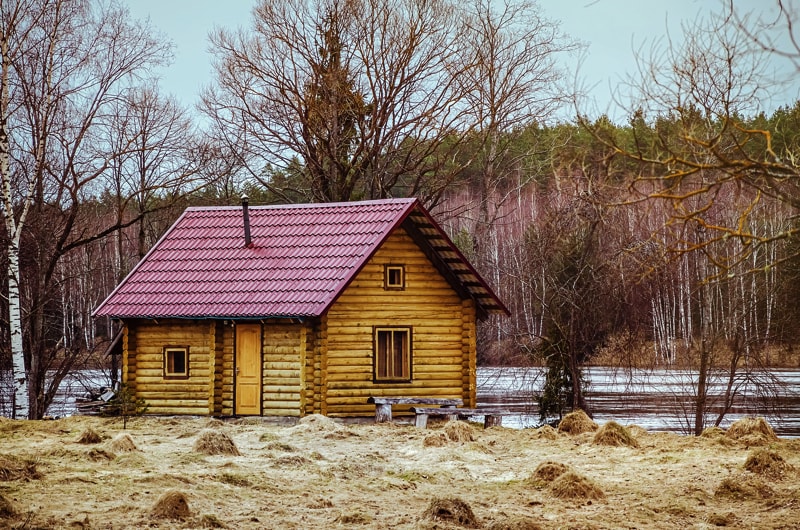 Compact Log House on the banks of a River.
Compact Log House on the banks of a River.
“Careful notching minimized the size of the gap between the logs and reduced the amount of chinking (sticks or rocks) or daubing (mud) needed to fill the gap. The length of one log was generally the length of one wall, although this was not a limitation for most good cabin builders.” Wikipedia tells us.
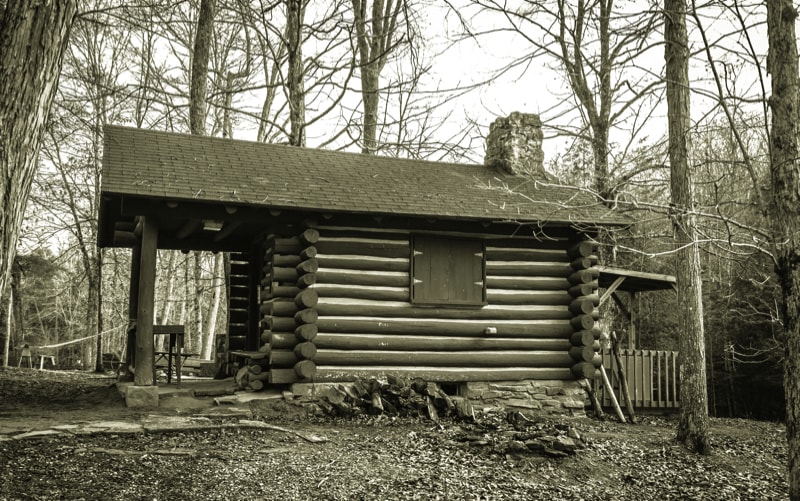 Quaint log cabin in Ohio amidst the trees
Quaint log cabin in Ohio amidst the trees
In log cabin construction, there were decisions to be made as to what type of dwelling it was to be. Key considerations that had to be taken into account included, the likely size of the house, whether it would single or double storied, roofing type and where to place the doors and windows. Also, depending on the available sources of raw materials (trees, stone, labor, etc) there may be some limitation on the log cabin size and proportions.
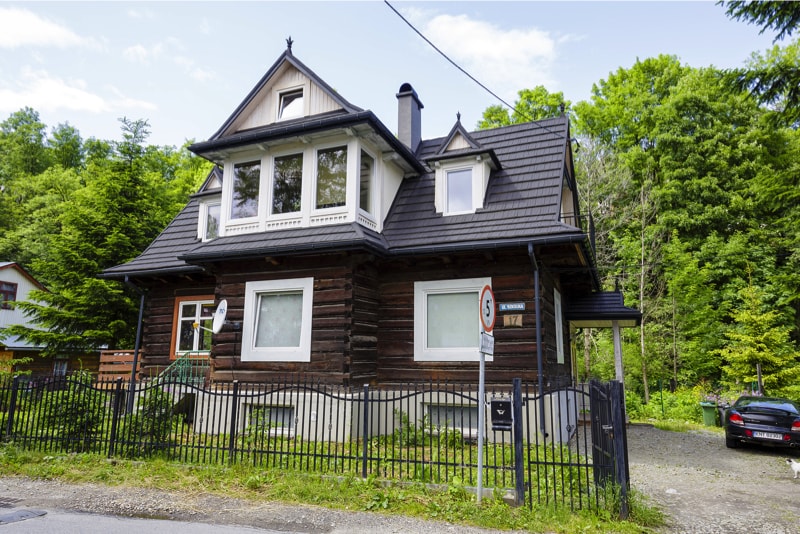 Residential two storey house made of wooden logs
Residential two storey house made of wooden logs
The log cabin homes of today have been adapted to modern building construction techniques through the use of squared logs with carefully hewn corner notching on the exterior. The insides are reflective of the needs of modern families with open plan living spaces and areas. Today’s log houses are often spacious and elegant when compared with their predecessors from the bygone era.
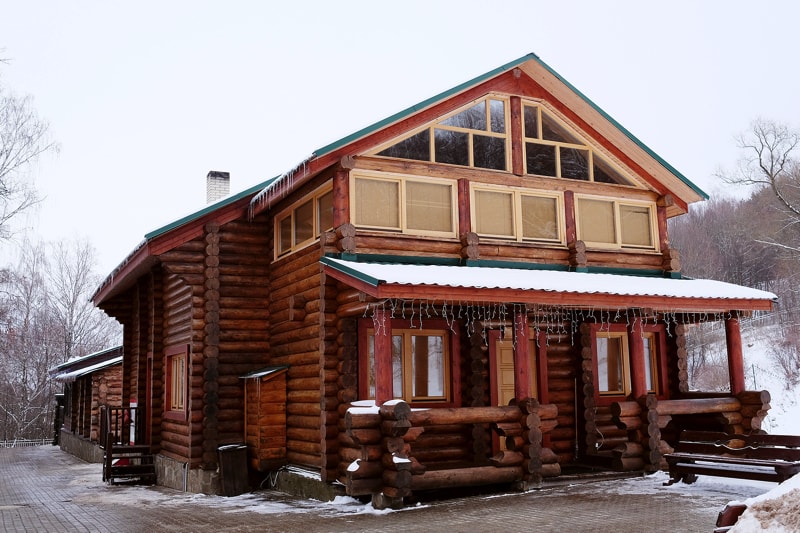 Log house covered in snow during the winter
Log house covered in snow during the winter
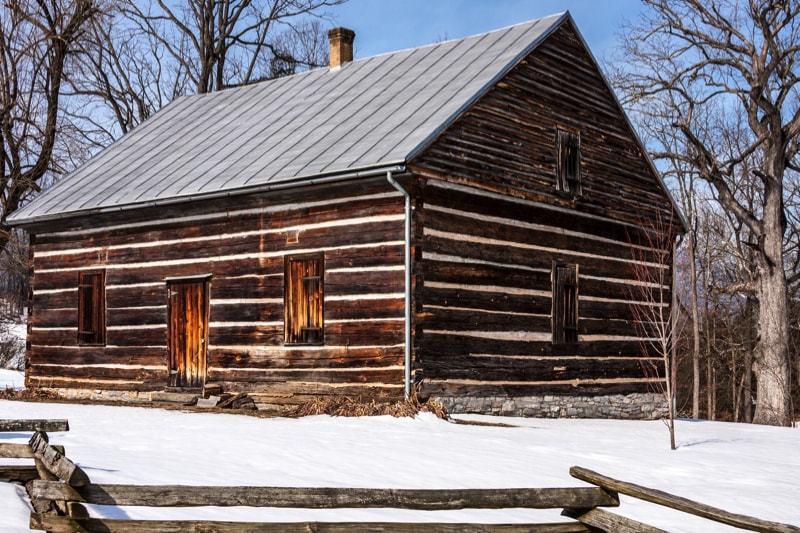 Log House on a sunny winter day with blue sky and snow on the ground.
Log House on a sunny winter day with blue sky and snow on the ground.
